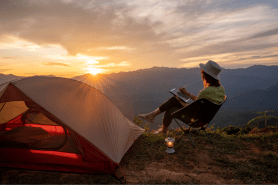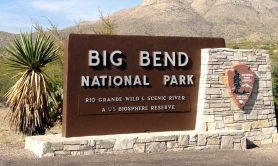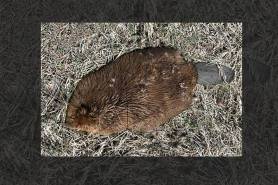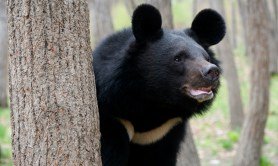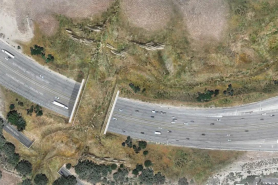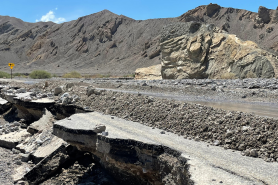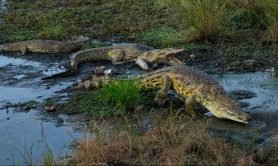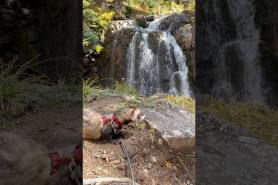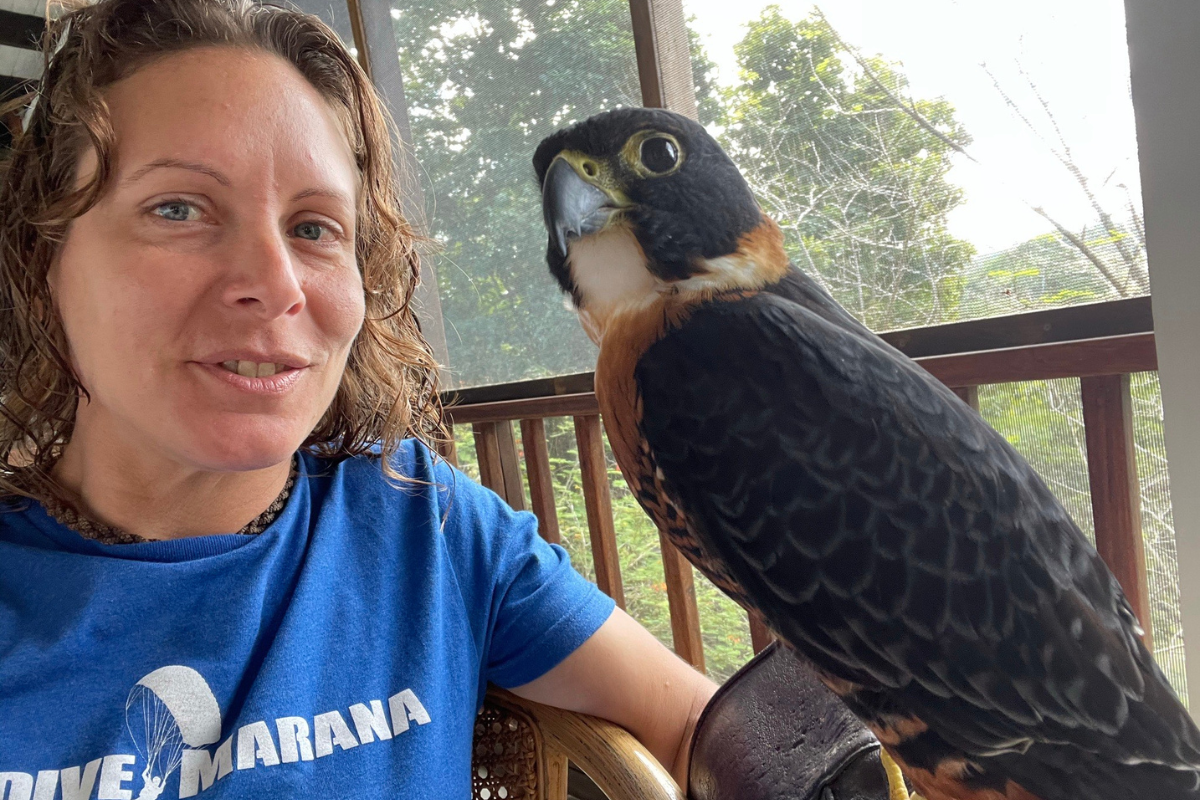

If you care about the outdoors, there are many ways to give back. Some are simple acts like following Leave No Trace principles. However, others take a step further and make a significant difference in the outdoors. One of those people is Valerie Motyka, a wildlife rescuer. Motyka owns Arizona Wildlife Resource, an organization that educates people about wildlife and helps rescue animals in need. The organization focuses primarily on owls.
Motyka spoke with Outdoors.com about how she started working with wildlife and what you need to know to make a difference.
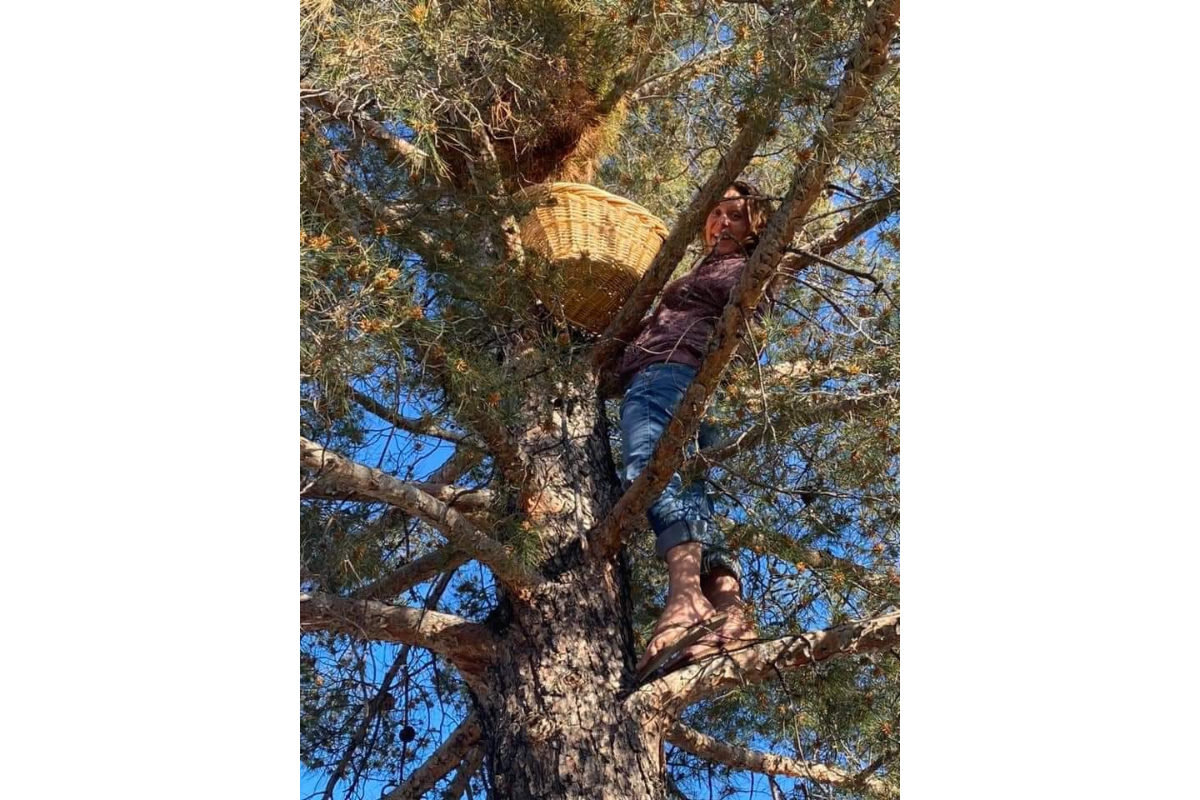
Outdoors.com: What made you want to dedicate your time to rescuing wildlife, especially owls?
Valerie Motyka: It really just started as a hobby. I moved from a big city to the middle of nowhere, and it gave me something to do. However, after seeing so many repetitive situations of why and how the animals were getting hurt, it attracted me to finding solutions. A lot of rescues were coming from destroyed nesting on industrial farms, so we built supplemental habitats. Now, those farms are being rezoned into industrial parks and track homes, so instead of giving up on the animals and accepting species decline due to urban sprawl, we evolved into building and advocating for urban-friendly habitats and teaching people poison-free pest management techniques to help increase biodiversity.
Outdoors.com: What’s the most common issue that leads wildlife to run into trouble?
Motyka: Habitat destruction and poison use. Woodpeckers are pecking at people’s homes because they don’t have suitable tree snags and saguaros to nest in, and rodents are taking over because we’ve killed off all the beneficial predators through bad pest control and massive habitat destruction. Owls are nesting in warehouses instead of trees, and hawks are on transformers and communication towers. The animals are telling us what their habitat issues are and why they are in decline. We just need more developmental efforts that help us cohabitate with them instead of just pushing them without any supplemental habitat, which only leads to their decline.
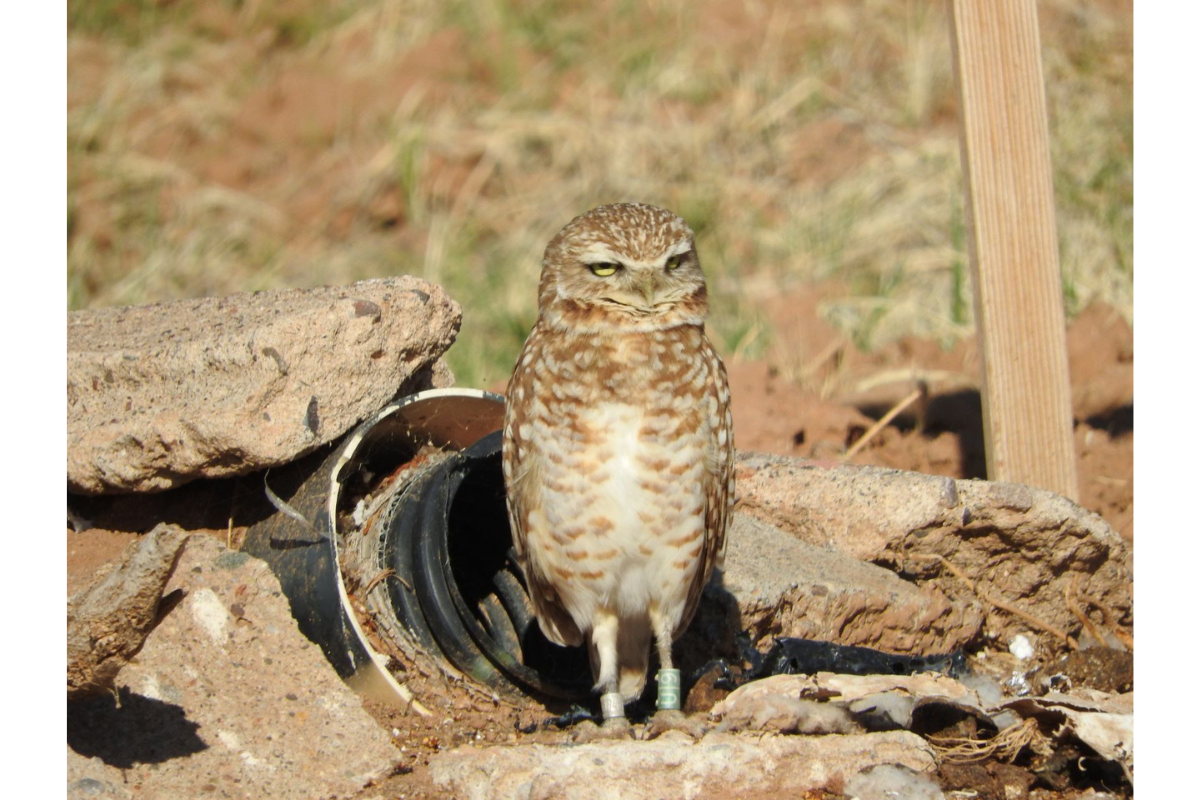
Outdoors.com: Is there one rescue that stands out as more memorable?
Motyka: Every rescue I’ve ever volunteered for has been special, and we honestly need all of them. However, I love Wild At Heart the most. They are fully dedicated to rescuing habitats instead of just the birds, and that’s the type of conservation we need more of. Licensed facilities can keep patching up animals until their fingers bleed out, but if we don’t have safe homes for wildlife, such as native trees, nest boxes, and burrows for the animals to go to after release, our efforts are futile.
Outdoors.com: How can people do a better job of protecting wildlife that’s native to their area?
Motyka: The best way to protect wildlife is to protect their habitat. Stop spraying insecticides and putting out poison as if it’s a good preventative pest management plan. Instead, plant native plants, put up a nest box, decrease insect attraction by altering habitats instead of using harmful chemicals, and use covered snap traps to target problem species. Online Pest Management classes through the EPA are free, so take advantage of them. Advocate for the animals when vested interests try to divert your attention. There are simple ways to cohabitate and enhance biodiversity with minimal effort. I urge people to start where they can and let their efforts grow wherever they feel personally drawn.”
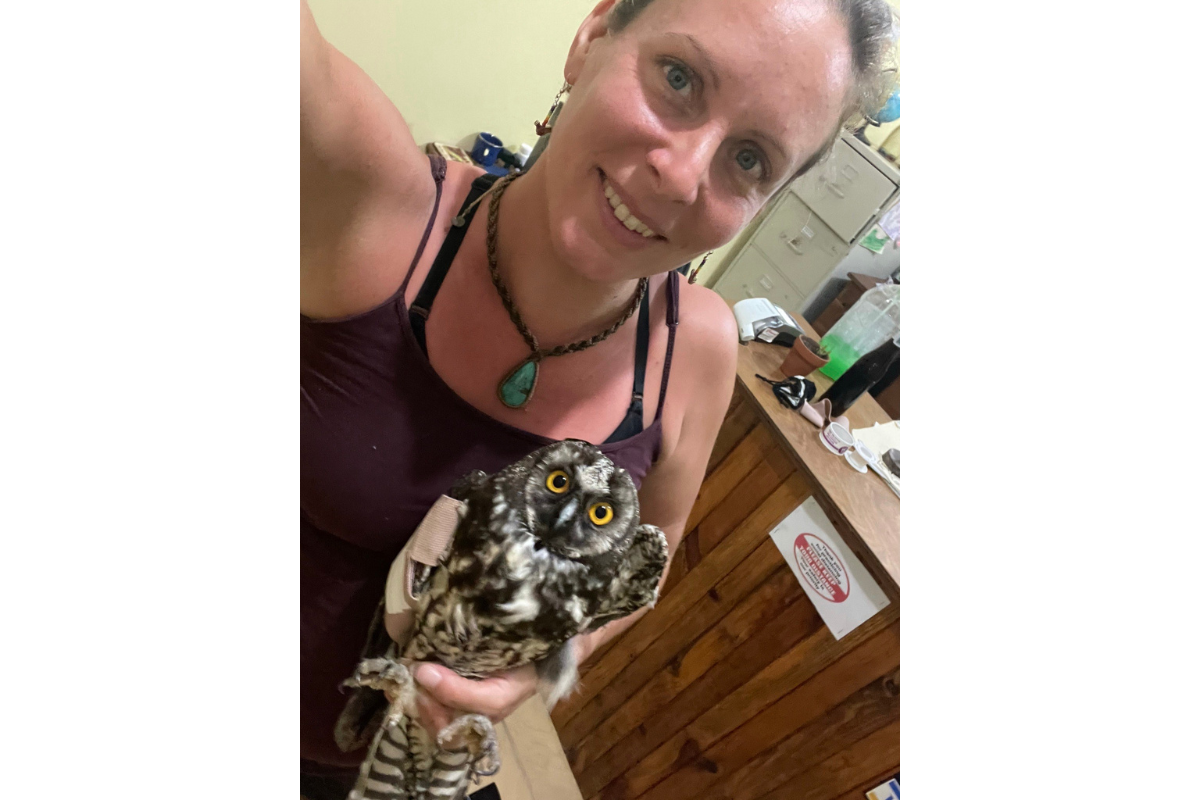
Outdoors.com: How can people support organizations like yours?
Motyka: The great thing about supporting organizations like mine is that there are limitless ways to help. Monetary donations, of course, help everybody, but we still need inspired individuals to assist us in building fun outreach materials, planting trees, constructing nest boxes, transporting injured wildlife, or simply sharing inspiring posts to help start a collective. Helping organizations like mine simply begins by aiding the animals in your own yard and sharing the efforts of others to initiate a collective effort.
Outdoors.com: How can someone become a wildlife rescuer like yourself?
Motyka: It simply starts with volunteering. Find a facility near you and show up consistently. Since facilities are few and far between, this could still be challenging, but I promise it’ll be worth it. Trying to start on your own is always a disaster. It takes a lot of time and dedication to work with wildlife, and should always be done as a team effort. Starting with an already-established Rescue Center gives you a good foundation to learn from and a community of supportive people who can assist you along the way, providing educational and emotional support along the way because compassion fatigue can definitely get overwhelming. The most important part is not giving up, and that starts with having a team to grow with.
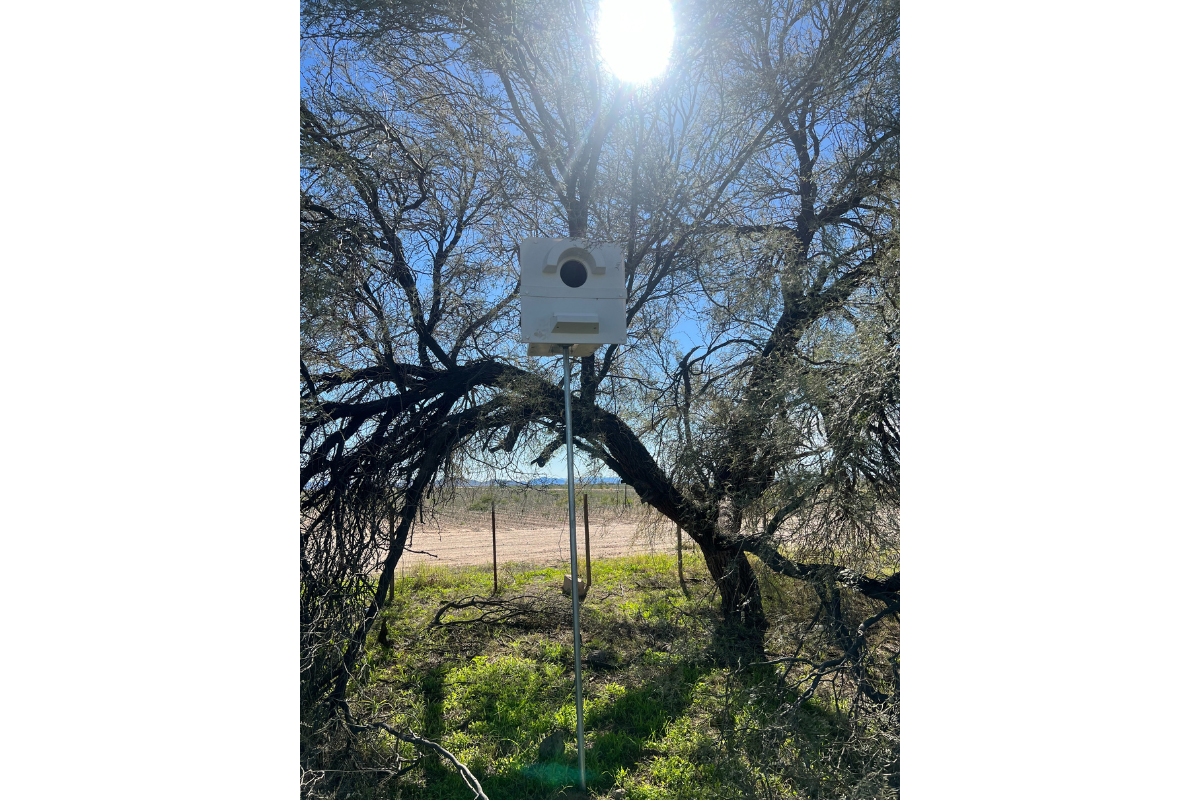
Outdoors.com: Is there anything else people should know about you or Arizona wildlife?
Motyka: I think it’s important for people to know that even though we voluntarily assist with over 100 wildlife rescues a year, we are not a rehabilitation center. All animals we take in are promptly transferred to licensed facilities where they receive full medical evaluations and treatments that include x-rays, pain meds, and long-term care. By not housing animals, we are able to assist more with habitat restoration projects such as nest box installs, property evaluations, and poison free pest management workshops to help get harmful pest control products out of people’s gardens. We do accept donations for our efforts. However, we are not a 501c3. If you would like to make a donation that requires a 501c3 we recommend our friends at Wild At Heart in Cave Creek since they have supported me the most.


